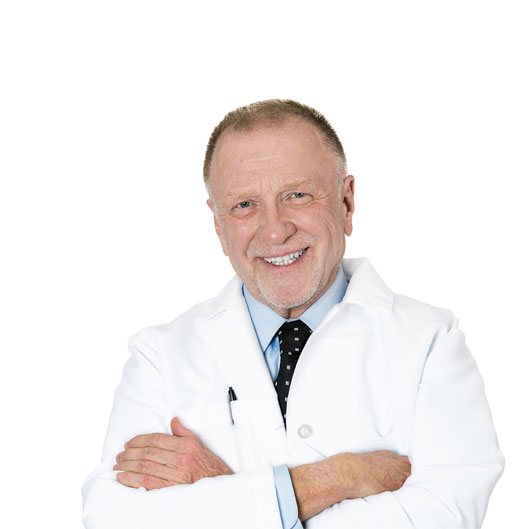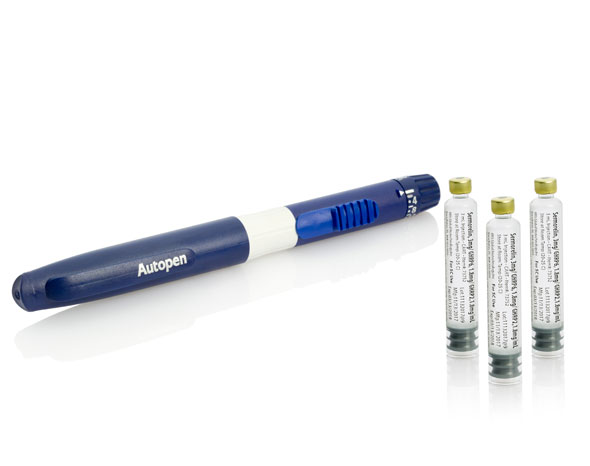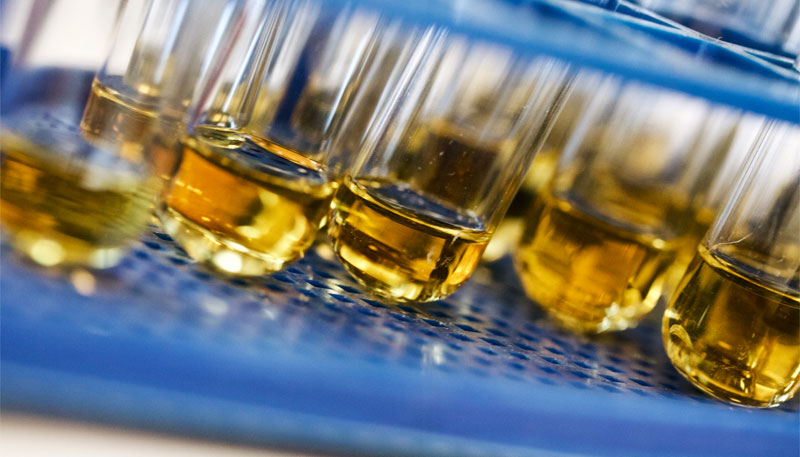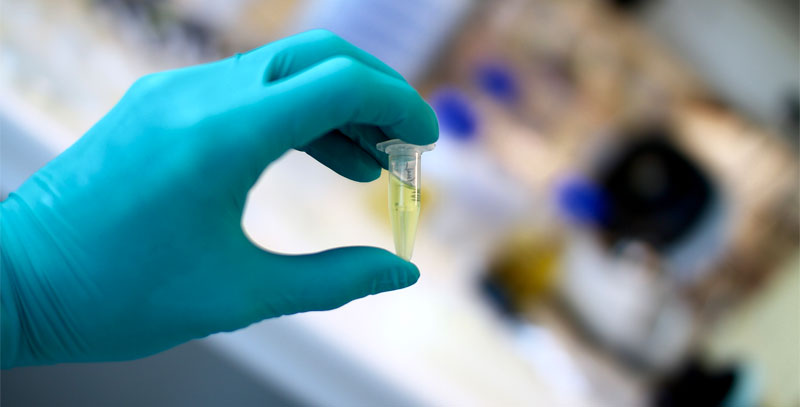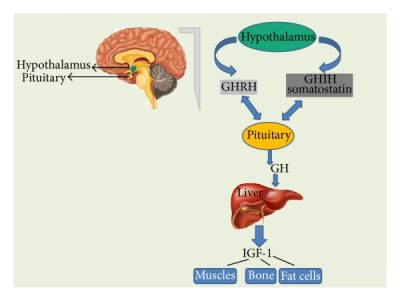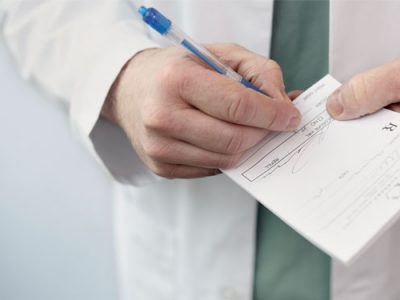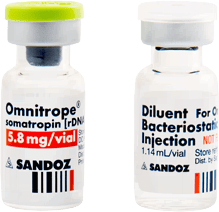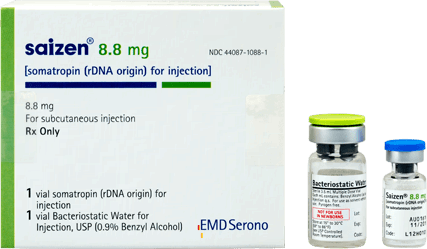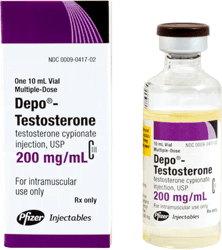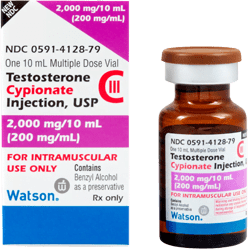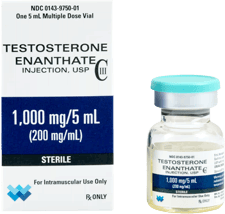- Home
- Growth Hormone
- Growth Hormone
- Growth Hormone Deficiency
- Growth Hormone Therapy
- Growth Hormone Injections
get startedThe Most Effective Hormone Replacement TherapiesA Direct Comparison of Sermorelin Versus HGH
- Both HGH and Sermorelin can be used to treat growth hormone deficiencies.
- A prescription is required for either HGH or Sermorelin.
- HGH is a hormone, Sermorelin belongs to a group of chemicals that stimulate the secretion of hormones, in this case HGH.
- Sermorelin can sometimes be an alternative to HGH.
- HGH and Sermorelin can be given together.
Human Growth Hormone and sermorelin are intimately related, and both can be used to treat men and women with growth hormone deficiency (GHD). This is why they are often discussed together. Both drugs are frequently prescribed by doctors and clinics that specialize in hormone replacement therapies.
These two drugs however, are not the same thing.
As the name implies, Human Growth Hormone (HGH) is a hormone, the technical name for which is “somatotropin.” Naturally occurring somatotropin is produced and secreted by the pituitary gland. Sermorelin on the other hand, belongs to a group of bodily chemicals collectively known as secretagogues. Secretagogues can result in the release (secretion) of other agents or hormones which can then exert their effects on the body. In the case of sermorelin, it belongs to the group of secretagogues also known as growth hormone-releasing hormones (GHRH) or growth hormone releasing factors (GHRF).
Simply put, HGH is the vital hormone that influences the growth and repair of cells and tissues. Sermorelin stimulates the production and release of HGH.
The main difference between sermorelin and HGH, is that HGH is a hormone that stimulates growth and helps to regulate other bodily functions. Sermorelin stimulates the production and release of HGH.
A Comparison of the Uses and Benefits of Sermorelin Vs HGH
Since sermorelin can increase you level of HGH production, either sermorelin injections, or growth hormone injections can be used to treat patients with growth hormone deficiencies.
Since the purpose of sermorelin is to increase the production of HGH, generally speaking, the two therapies have the same benefits. The differences basically lay it in their ability to achieve said benefits. In some cases, depending on the extent of your symptoms and results of your blood tests, sermorelin therapy alone may be enough to bring you levels back to what is best for you and achieve these benefits. Your doctor will make that determination. If you qualify, sermorelin could be a lower cost alternative to growth hormone therapy.
The following chart illustrates the differences between the two therapies.
Growth Hormone TherapySermorelin TherapyHow does it work
Growth hormone injections work directly on the liver to secrete IGF-1.
Sermorelin injections work by stimulating your pituitary gland to signal the liver to secrete IGF-1. In turn, IGF-1 regulates the production and effects of growth hormone.
Ideal age range of patients
Can be used in patients from 30 years and older 55+
Ideal for patients from 30 – 50+ or those individuals with low IGF-1 levels
How many times a day
Once daily in the AM immediately upon awakening
Once daily at night just before bedtime
How long do I have to take (months)
Minimum 6 months and as long as 12 months
Minimum 9 months and as long as 12 months
How long will results last
Once you complete a full nine months of growth hormone therapy, results should last for several months after you last injection.
Once you complete a full nine months of growth hormone therapy, results should last for several months after you last injection.
Approximate cost per month
$750 to $2000 (depending on dose and brand chosen)
$400 to $750 per month
Covered by insurance
Usually not
Usually not
How is it administered
Subcutaneous Injection
Subcutaneous Injection
Do I need a prescription
ALWAYS
ALWAYS
Sermorelin therapy and Growth hormone therapy basically provide the same benefits. Your doctor will help decide which is best for you.
Is Sermorelin Therapy a Substitute for Growth Hormone Therapy?
Again, sermorelin injections should not be looked at as a “substitute” for growth hormone injections. Rather, in some cases sermorelin could be an alternative to HGH therapy. In such cases, sermorelin therapy can provide many of the benefits of HGH without giving the actual hormone. It creates a biofeedback loop, much like the way your body naturally produces HGH, and therefore in some cases can be better tolerated than daily HGH injections. However, sermorelin is most effective when HGH blood levels are only slightly sub-optimal. Because sermorelin acts by stimulating increased release of HGH, and not by injecting growth hormone directly into the bloodstream, boosting HGH levels is much slower, so while you can achieve many of the same benefits as HGH, as indicated above, it will also take longer to see those positive results. That is another reason why sermorelin is best when there are only minor symptoms of HGH deficiency.
Is Sermorelin Therapy and HGH Therapy Ever Given Together?
Indeed sermorelin therapy and HGH therapy can be used together and they often are. HGH injections can raise growth hormone levels relatively quickly. However, it is kind of an “artificial” boost, if you will. Your levels will increase, but HGH injections alone do nothing to “tell” your body to increase your natural output of HGH. However, if you combine HGH therapy with sermorelin, not only are you getting the immediate boost of HGH in the blood, you are also “retraining” your pituitary gland to produce and maintain a higher output of HGH.
This double-edged approach often results in faster and longer-lasting benefits of growth hormone therapy. But, only your doctor can determine if such combined therapy is right for you.
Sermorelin is not a substitute for HGH therapy. It could be an alternative in some cases, or it can sometimes be combined with growth hormone therapy.
So now that you know a bit more about the benefits and differences between sermorelin and HGH therapies, why don’t you contact us today, to see which could be right for you?
read this next
Sermorelin Prescription Online
If you are trying to obtain a prescription for sermorelin online, all you can do is come to a page like this one, and…read moreDoes Sermorelin Work?
Sermorelin is a chemical known as Growth Hormone Releasing Hormone or GHRH. It is a prescription medication used to treat growth hormone deficiency (GHD).…read moreHow to Get Sermorelin
Sermorelin is an FDA approved medication that is only available with a doctor’s prescription. However, if you qualify, it is not difficult to obtain…read moreSermorelin Not Working
Sermorelin is not the same thing as HGH, and it does not work as quickly to reverse the symptoms of growth hormone deficiency in…read more - Growth Hormone Therapy

